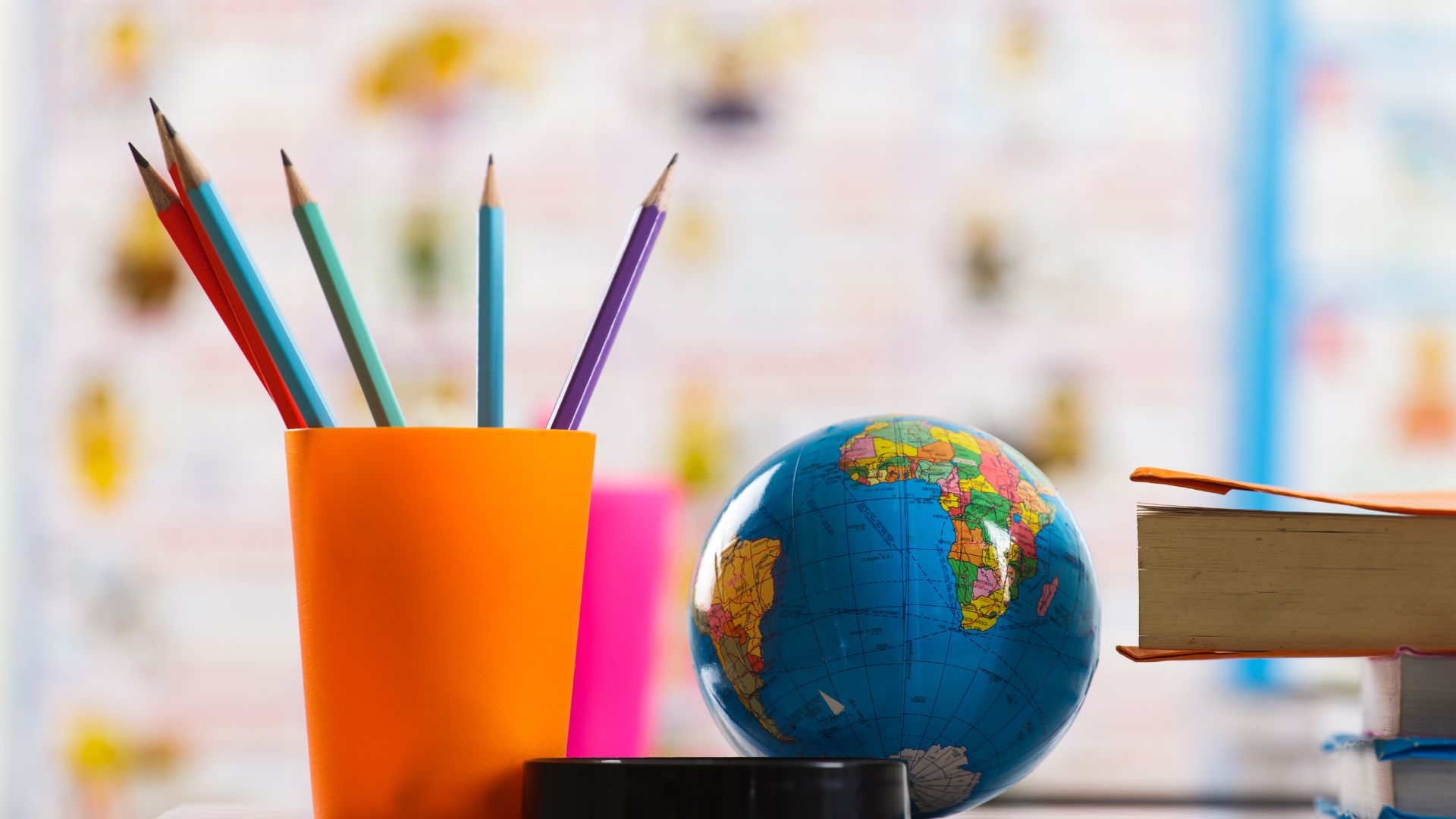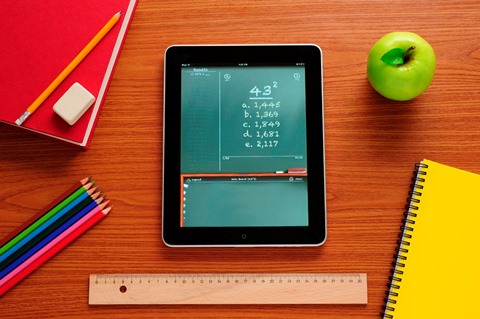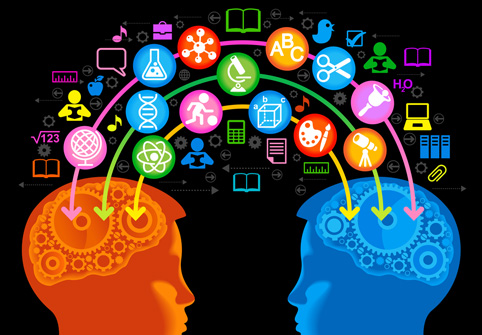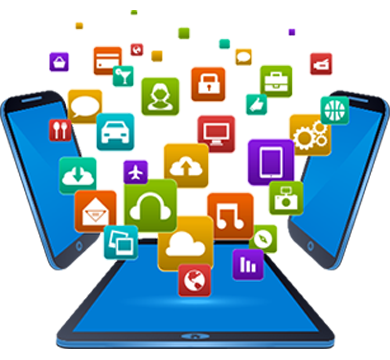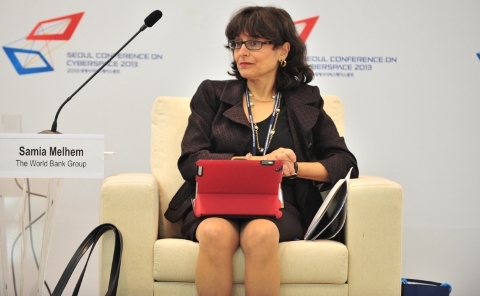
New Delhi: February 24, 2019
According to UN Enable, around 10% of the world’s populations, 650 million people, live with disabilities. Women and girls with disabilities are particularly at a risk of abuse. According to a UNICEF survey, 30% of street youth are disabled. Some countries where IMR rates are high, mortality rates for children with disabilities is as high as 80%. Some suspect that children with disabilities are being purposely weeded out. 90% of children with disabilities worldwide do not attend school. Conflict areas find that for every one child that is killed, three are injured and permanently disabled. Children with disabilities are at a 1.7 times greater risk of being subjected to some form of violence.
In India 1.67% of the 0-19 population has a disability. 35.29% of all people living with disabilities are children. Other estimates say that India has 12 million children living with disabilities. Only 1% of children with disabilities have access to school and one third of most disabilities are preventable. Under-nutrition is a severe problem with children who suffer from cerebral palsy. In India 80% of children with disabilities will not survive past age forty.
Some people see computers as little more than gaming consoles and shopping tools. Recently developed electronics, however, have revolutionized education for children with disabilities. If you know a child with disabilities who is struggling, you might want to explore some of these devices.
Technology for Kids With Autism
Children with autism often don?t develop typical communication skills. It takes years and years of therapy for some of these children to start using simple language. Just because a child cannot speak does not mean that he or she doesn?t have something to say.
That?s where revolutionary electronics come in. For years, counselors have used picture cards to communicate with non-verbal children. Now, they can use some of these apps that let autistic kids express practically any thought or feeling. They just load the app on a laptop of your choice so the kids can point and click their way to expression.
It not only helps the kids express themselves to get their needs met, but gives parents and counselors insight into psychological problems that they can address.
Educational Technology for Deaf Children
Deaf children often have a hard time fitting into school because they have to use sign language to communicate with teachers and other students. Unfortunately, a lot of children don?t have the opportunity to learn sign language until they get to school. That’s an even bigger disadvantage that can make them feel out of place and ignorant.
With today’s technological tools, though, deaf and hard-of-hearing children can learn sign language at home, even without much help from their parents. These devices go far beyond showing children sign language videos.
The latest technology can actually respond to what children say while they sign. The computer reads the sign and offers responses, giving children opportunities to practice their conversational skills.
Technology for Visually Impaired Children
Children who cannot see well often face challenges in academic environments. New technology gives them plenty of options that can make it much easier for them to learn and express themselves at school and home.
Most students learn math visually, so visually impaired children need a different method. Talking calculators made by companies like Independent Living Aids and AbleData allow children to perform mathematical functions without using paper.
Optical character recognition products also help visually impaired children. These handheld devices scan pieces of paper and read the content aloud so the student doesn?t feel left out.
Technology for Children With Learning Disabilities
Children with learning disabilities can also benefit from technological advances. There are plenty of new devices that make it easier for children to overcome their learning disabilities.
A device called PenFriend, for instance, helps children with dyslexia. This software provides assistance for children who can get confused while writing. It also offers wording choices that they might want to consider. Given these functions, it could also work well for children with physical impairments.
With all of these amazing products, children with disabilities have more opportunities than ever to live their lives without limits.


